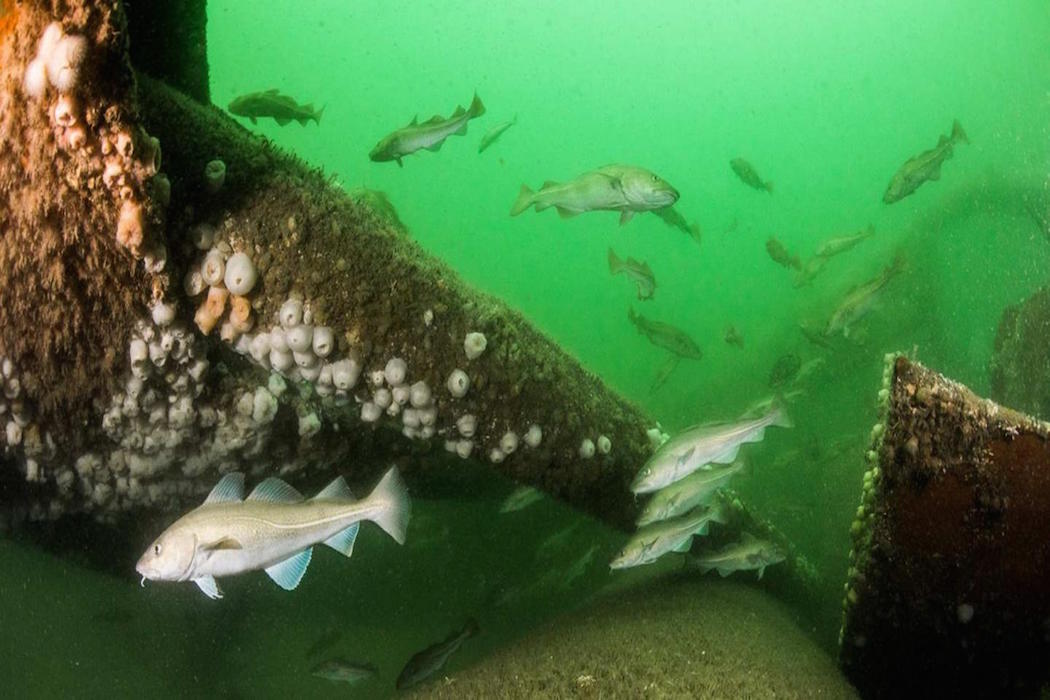rbkwp
Mythical Member
- Joined
- Aug 21, 2007
- Posts
- 92,253
- Media
- 1
- Likes
- 52,802
- Points
- 608
- Location
- Auckland, Auckland, NZ
- Sexuality
- 100% Gay, 0% Straight
- Gender
- Male
happy xmas everyone
Dog gear company plays fairy godmother to thousands of animal rescues
T
5
![]() Puppies Jessie and Andy explore a Max and Neo donation box. (Photo: Cuba Mo Animal Control)
Puppies Jessie and Andy explore a Max and Neo donation box. (Photo: Cuba Mo Animal Control)
For animal rescue groups, Max and Neo is their secret Santa, no matter the time of year.
Every Friday, the company ships dozens of donation boxes to rescues throughout the U.S. They contain brightly colored, durable collars and leashes as well as a few surprises, such as toys, supplements and blankets. Typically, each rescue might get a box, or maybe two, in one year. But in December, every one of the more than 3,500 rescues on the company's list will receive a donation box for the holidays.
"I thought it would be a really cool Christmas present and a way for more rescues to find out who we are," Max and Neo founder Kenric Hwang tells MNN.
Several years ago, Hwang started fostering for a local Scottsdale, Arizona, rescue after his dog, Neo, died. He was surprised how many dogs came into the rescue and how often the group had to ask for donated leashes and collars. When people would adopt dogs, fosters often had to send them home to their new families with collars the rescue had purchased for them. It seems like volunteers were constantly restocking collars and leashes.
![]() Puppies sport donated collars from Max and Neo. Rescues are often sending collars and leashes home with adopted pets. (Photo: Fred Strobel Photography)
Puppies sport donated collars from Max and Neo. Rescues are often sending collars and leashes home with adopted pets. (Photo: Fred Strobel Photography)
Hwang originally just went to the pet store to buy supplies to help. But then he realized with a background in selling clothing, he could use his experience to help source, buy and import items at a discount. First, he was going to help buy them for the rescues in bulk. Then he had an even bigger idea.
Dog gear company plays fairy godmother to thousands of animal rescues
Dog gear company plays fairy godmother to thousands of animal rescues
T
5

For animal rescue groups, Max and Neo is their secret Santa, no matter the time of year.
Every Friday, the company ships dozens of donation boxes to rescues throughout the U.S. They contain brightly colored, durable collars and leashes as well as a few surprises, such as toys, supplements and blankets. Typically, each rescue might get a box, or maybe two, in one year. But in December, every one of the more than 3,500 rescues on the company's list will receive a donation box for the holidays.
"I thought it would be a really cool Christmas present and a way for more rescues to find out who we are," Max and Neo founder Kenric Hwang tells MNN.
Several years ago, Hwang started fostering for a local Scottsdale, Arizona, rescue after his dog, Neo, died. He was surprised how many dogs came into the rescue and how often the group had to ask for donated leashes and collars. When people would adopt dogs, fosters often had to send them home to their new families with collars the rescue had purchased for them. It seems like volunteers were constantly restocking collars and leashes.

Hwang originally just went to the pet store to buy supplies to help. But then he realized with a background in selling clothing, he could use his experience to help source, buy and import items at a discount. First, he was going to help buy them for the rescues in bulk. Then he had an even bigger idea.
Dog gear company plays fairy godmother to thousands of animal rescues






























